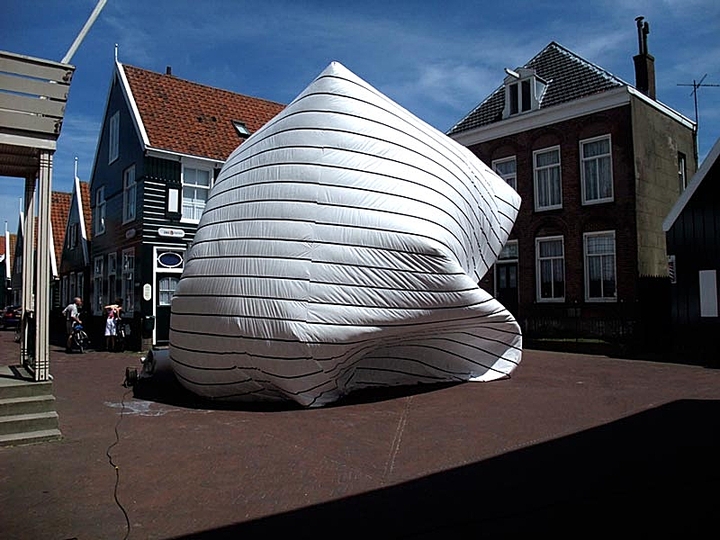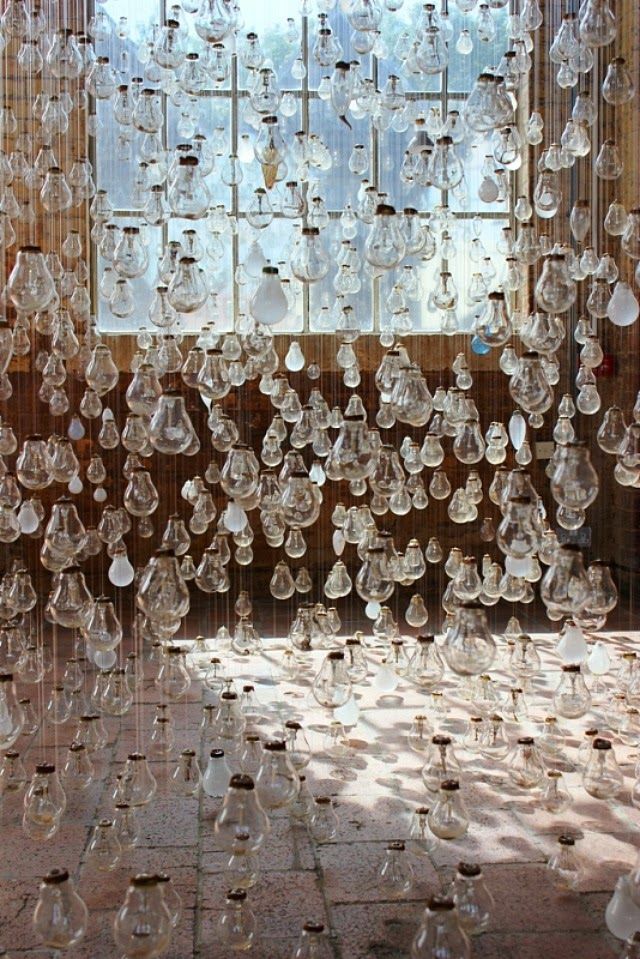

Teachers talked with children about observed changes in the paintings due to leaves drying and curling, and rain streaking the paint as it soaked the burlap canvas. Changes to the work will be easy to notice when comparing photos of newly-created work with photographs taken weeks later. Adding more paint was the main point for many but a few children focused on where they added paint. I thought a group experience painting with tempera might make children less concerned about having their work changed by leaving the canvas hung up outside over a week of rainstorms and sunshine. I was relieved when the children did not get upset at the changes-they accepted the idea of ephemeral more easily than I expected.īurlap bags, donated by a local coffee roaster, worked well for two purposes: a painting canvas and base for a structure/sculpture. We pinned them up on a wall and the images changed with time, sunlight, and rain. The smooth Redbud tree leaves made mini canvases.

My hope is that with experience, some classes at the school will be able to incorporate the stones into the sandbox play.Ĭhildren and teachers were surprised that we could paint on leaves picked from trees. The rocks provided a different kind of experience but required close supervision as this new-to-the-school material was heavier than most others usually available (I asked children to use two hands to lift the rocks). The children built “bridges” using different shapes and types of rock, exploring the properties of rock and how shape affects how a rock can be part of a structure. Our photographs can “save” the work for us before “unbuilders” disrupt it or time and natural weather events make changes. Discussion with the children as they worked let them know that some art work we make doesn’t get saved to take home.

The ephemeral art work included painting with water, temporary structures of rock, sticks set into sand and their shadows, painted leaves and burlap, and a clay structure embellished with shells and sticks. As the rotting log comes apart, the inner color is lighter than the outside…”Why?” “I think it’s because the rain.” Petals are easier to tear apart than stems, each contributing a different color and texture to the mix. In the stew the stones sink, flowers float, and the water gets more opaque as soil is added. The open-ended work builds understanding as they make connections between prior experiences and accidental discoveries. I can see the science learning in children’s random and open exploration actions but I wouldn’t call these art. Or if they identify some intentions afterwards (“It looks like a…”). While experiences and subsequent discoveries are important, I don’t call it art unless the children are intentional about designing the look, smell, feel, or sound of it. Does mixing up a colorful mud-grass-flower-water “stew” or chopping (sculpting?) a rotting log with plastic trowels count as art? What do you think? Good discussion about when children’s making becomes art was part of our work together. I had fun this summer spending 4 days over 2 weeks “enriching” preschool teachers and children in their program by collaboratively exploring ephemeral art projects.


 0 kommentar(er)
0 kommentar(er)
